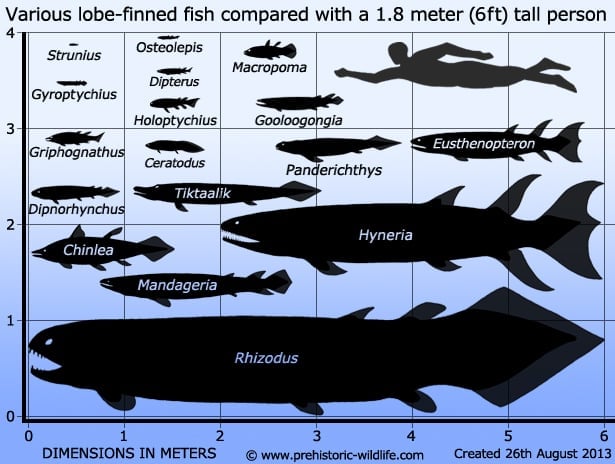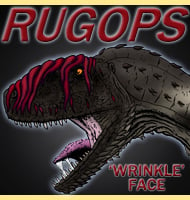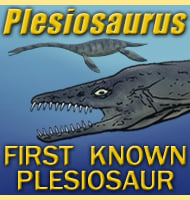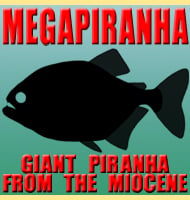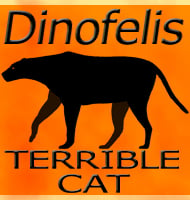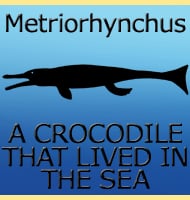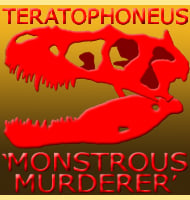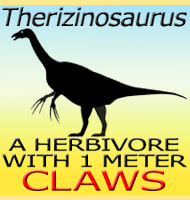In Depth
Dipnorhynchus is a genus of primitive lungfish that already shows changes from its sarcopterygian ancestry. The skull is no longer in two halves and instead, in the loosest terms, forms a box. The palate of Dipnorhynchus was fused to the skull, like in land dwelling animals, and instead of having cheek teeth, Dipnorhynchus had dome like protrusions on the palate. The form of the palate and the fact that it’s was fixed to a solid skull indicates that Dipnorhynchus most likely hunted for creatures such as hard shelled molluscs and invertebrates, the shells of which could be easily broken up by the crushing palate.
Further Reading
– A new species of the lungfish Dipnorhynchus from New South Wales. – Palaeontology 25(3):509-527. – K. S. W. Campbell & R. E. Barwick – 1982. – An advanced massive dipnorhynchid lungfish from the Early Devonian of New South Wales, Australia. – Records of the Australian Museum 37:301-316. – K. S. W. Campbell & R. E. Barwick – 1985. – A new species of the Devonian lungfish Dipnorhynchus from Wee Jasper. – New South Wales. Records of the Australian Museum 51:123-140. – K. S. W. Campbell and R. E. Barwick – 1999.

